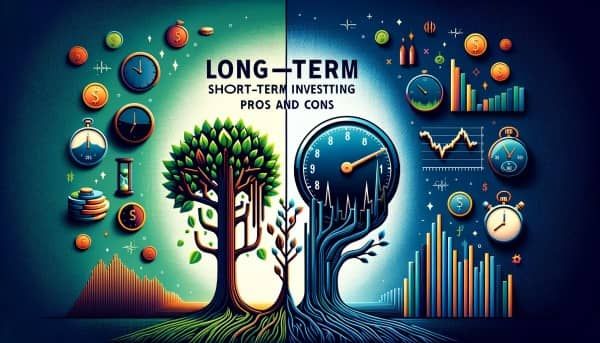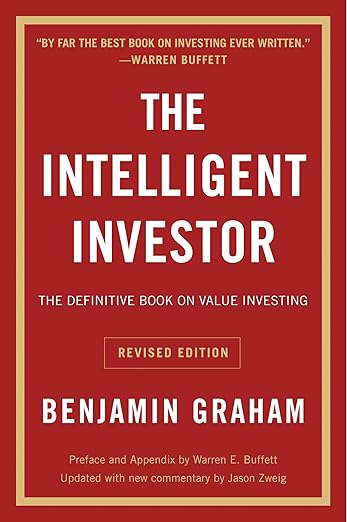Balancing Act: Long-Term vs. Short-Term Investing Strategies for Financial Success

When it comes to investing, choosing between long-term and short-term strategies is one of the most important decisions. Both approaches come with unique benefits and challenges, each suited to different financial goals, time horizons, and risk tolerance levels.
Introduction
Long-term investing involves holding assets like stocks, bonds, or real estate for several years, typically with a focus on growth and compounding. This approach relies on market resilience over time and can capitalize on the power of compounding, where reinvested earnings generate their own returns. Commonly associated with retirement savings and wealth-building, long-term investing often involves less frequent trading and is generally favored for its potential to weather short-term market fluctuations.
Short-term investing, on the other hand, typically focuses on quicker profits within a short window, such as days, months, or even a few years. Assets are bought and sold frequently, and while the strategy can yield faster returns, it also exposes investors to market volatility and requires more time and attention to manage. This approach may appeal to those with specific financial goals in the near term or those with a higher risk tolerance and the skills to navigate market shifts.
Pros and Cons of Long-Term Investing
Pros:
- Compound Growth: Earnings on long-term investments, when reinvested, compound over time, potentially leading to substantial wealth accumulation.
- Reduced Tax Impact: Long-term capital gains tax rates are generally lower than short-term rates, reducing the tax impact on profits.
- Lower Stress: By focusing on a longer time frame, investors can avoid reacting to daily market fluctuations, reducing stress and emotional decision-making.
Cons:
- Liquidity Limitations: Long-term investments may tie up funds, limiting liquidity.
- Patience Required: Long-term investing demands patience, as significant gains might not materialize for years.
Pros and Cons of Short-Term Investing
Pros:
- Potential for Quick Profits: Short-term investments allow investors to take advantage of price movements and realize gains more quickly.
- Flexibility: Short-term strategies offer more flexibility, as funds aren’t tied up for extended periods.
- Diversification Opportunities: By engaging in different trades over shorter periods, investors can diversify their portfolio across various sectors.
Cons:
- Higher Risk and Volatility: Short-term investments are more susceptible to market swings and downturns.
- Increased Tax Rates: Short-term gains are often taxed at a higher rate, reducing net profits.
- Requires Constant Monitoring: Investors must closely monitor their portfolio, making it more time-intensive and demanding.
Conclusion
Choosing between long-term and short-term investing depends on individual financial goals, time horizon, and tolerance for risk. While long-term investing offers the advantage of compounding and a more hands-off approach, short-term investing provides flexibility and the opportunity for faster gains, albeit with higher risk and tax implications. Understanding the pros and cons of each strategy can help investors make informed decisions that align with their financial objectives and market conditions.






Responses